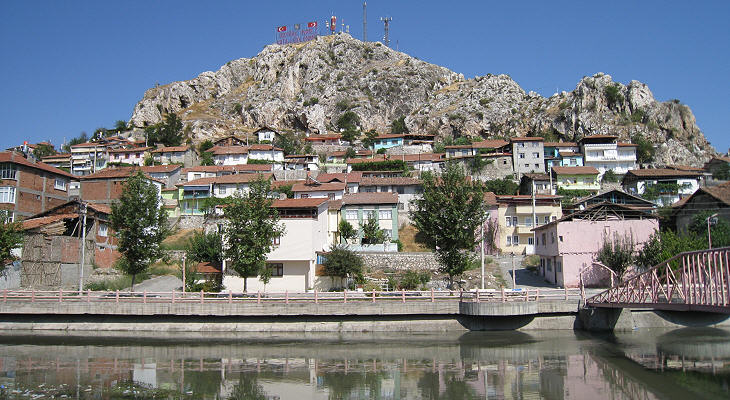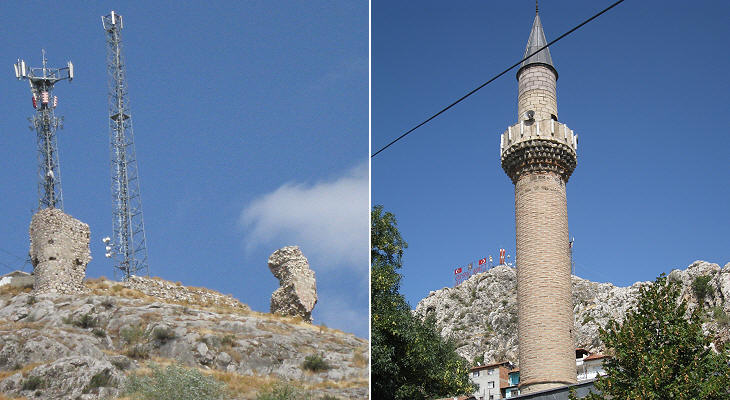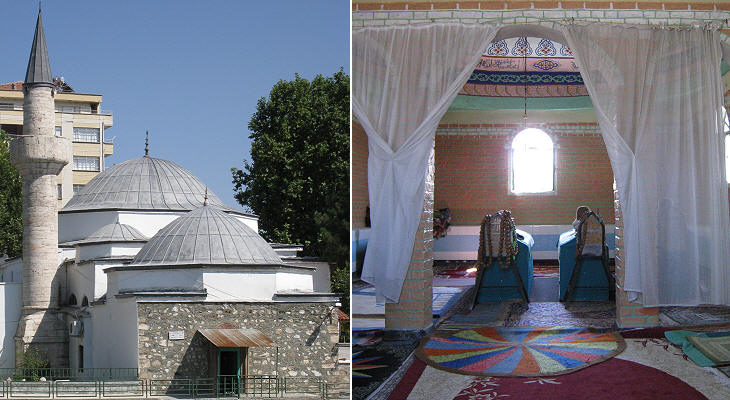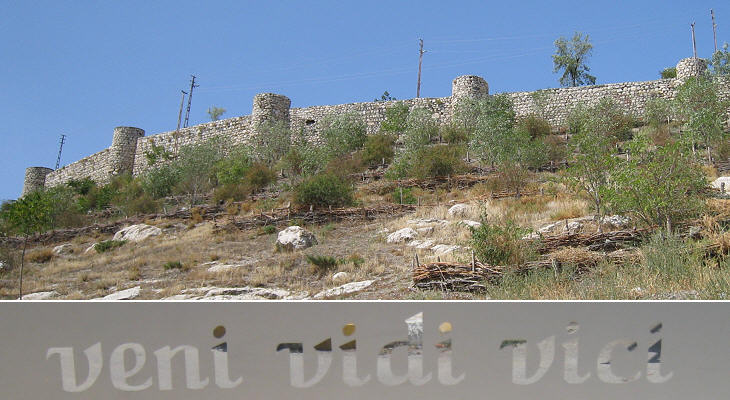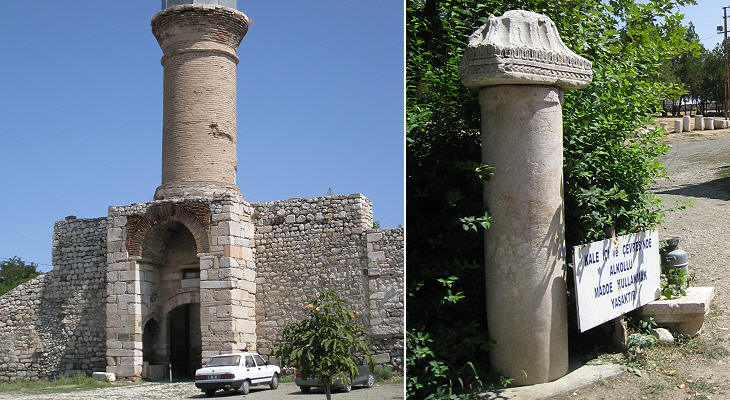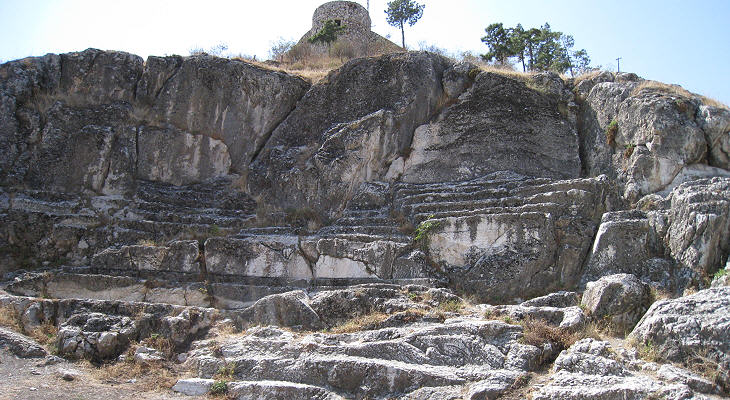  What's New! Detailed Sitemap All images © by Roberto Piperno, owner of the domain. Write to romapip@quipo.it. Text edited by Rosamie Moore. Page added in November 2008. |
 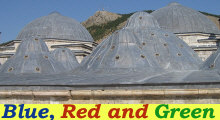 - Turhal and Zile - Turhal and Zile(Ali Pacha Hammam in Tokat) Turhal and Zile are two minor towns which are situated between Amasya and Tokat in the valley of the Yesilirmak (Green) River. They are associated with campaigns by Pompey and Julius Caesar for which the former received the title of Magnus and the latter that of Ponticus. Turhal
Turhal enjoyed double natural protection: an isolated rocky hill and the Yesilirmak River which almost surrounded it. The conquest by Pompey of its fortress was one of the final events of the IIIrd Roman war against Mithridates VI, King of Pontus.
A couple of ruined towers are the only remains of the fortifications built by the Ottomans who added the town to their possessions in 1399. Turhal is a modern town which has expanded in the plain, while only few people live in a string of houses around the hill. Its Ulu Camii (Great Mosque) was built in 1530, but it is not a large building and it does not have a typical Ottoman dome.
This small mosque has a more classical Ottoman design than Ulu Camii: it was built in 1736. The (modernized) 1335 tomb of a local member of a Sufi order is still the object of care and devotion. Zile
According to Strabo, an ancient historian/geographer who was born in Amasya in 63/64 BC, Zela (today's Zile) was a town which was known for a temple dedicated to the Persian goddess Anahita. The economy of Zela was based on an annual sacred festival. It is also known as the site where in 47 BC Julius Caesar defeated Pharnaces II, son of Mithradates VI King of Pontus.
Caesar informed the Senate of his victory with just three words “Veni, vidi, vici” (“I came, I saw, I conquered”). These words have become the motto of today's Zile and are engraved on the glass panels of bus shelters. They were also engraved on a (recently stolen) column which was placed near the temple. Notwithstanding Caesar's words the fight was fierce and his enemy came close to victory.
The remains of a small ancient theatre are visible to the east of the fortress hill, together with some rock tombs. Zile lost several old buildings in 1920 when supporters of Sharia (strict Islamic law) seized power in the town and attacked the barracks of the new Turkish Republic's army. As a result of the fight a great fire developed and it destroyed most of the old town and the trees which surrounded the fortress. The image used as background for this page shows the unusual tips of the minaret and of the dome of Beyazit-i Bestami Camii in Zile. Introductory page Safranbolu Kastamonu Taskopru Amasya Tokat Niksar Hattusa and Yazilikaya Clickable Map of Turkey showing all the locations covered in this website (opens in another window).   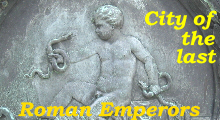 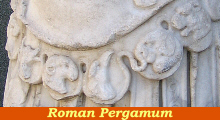 |
